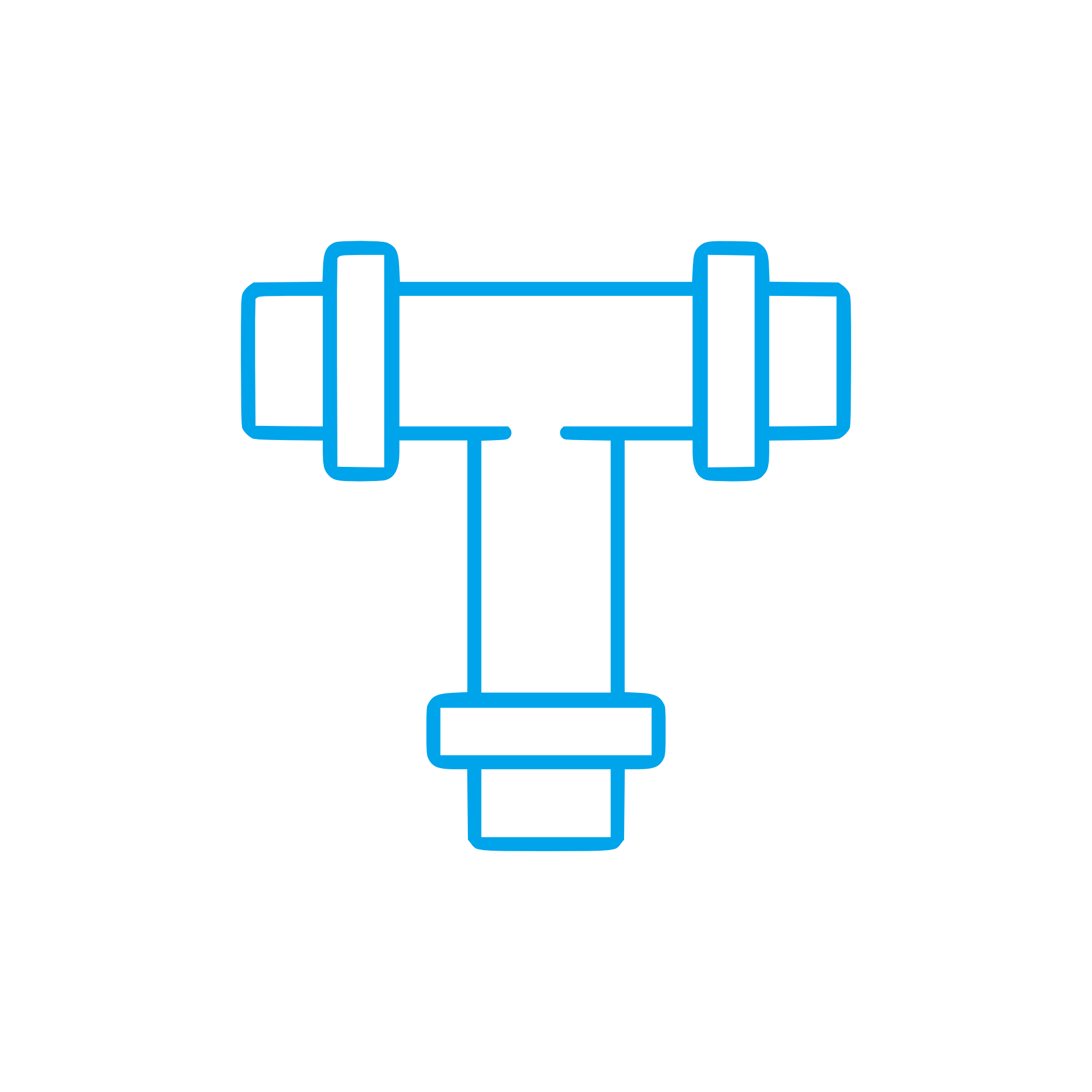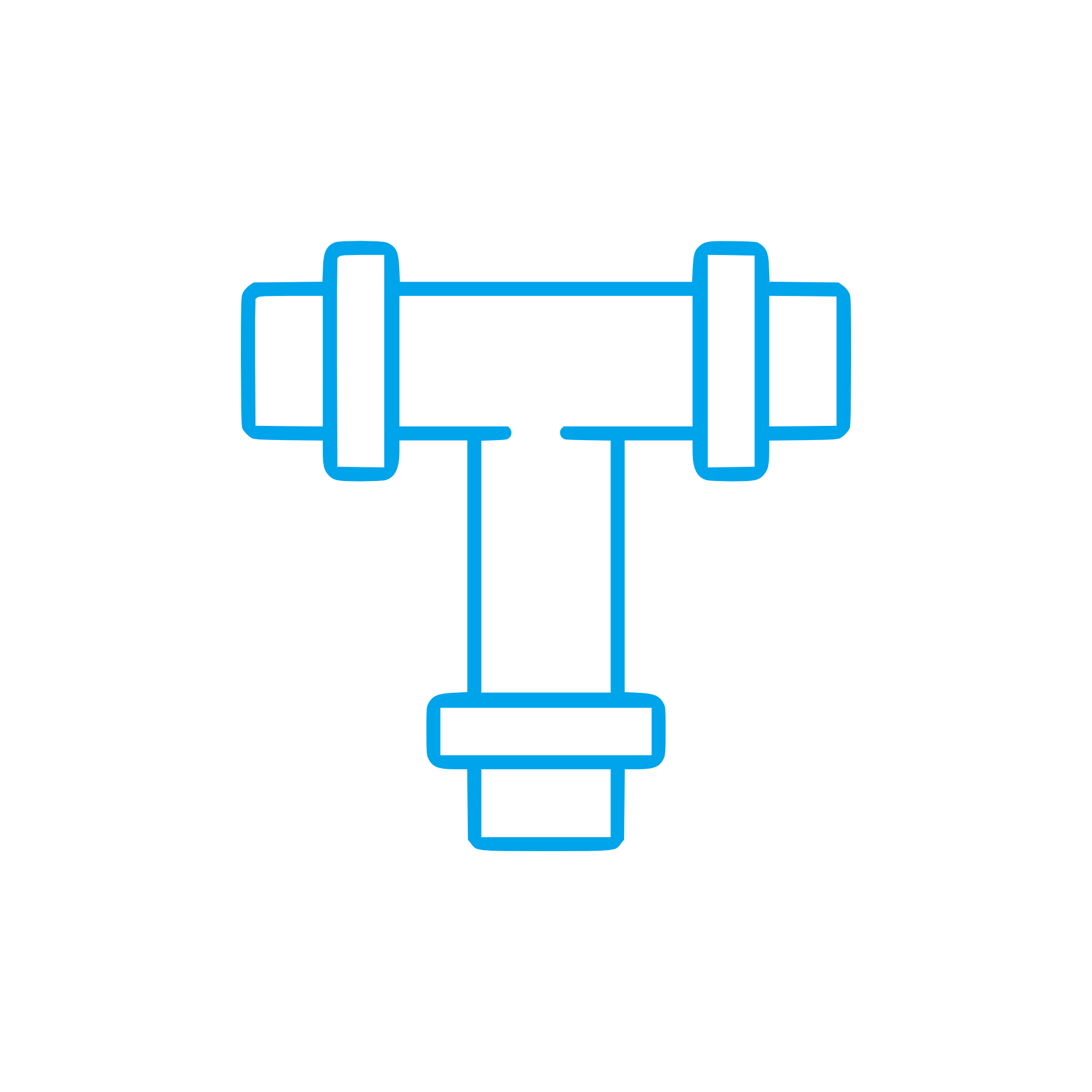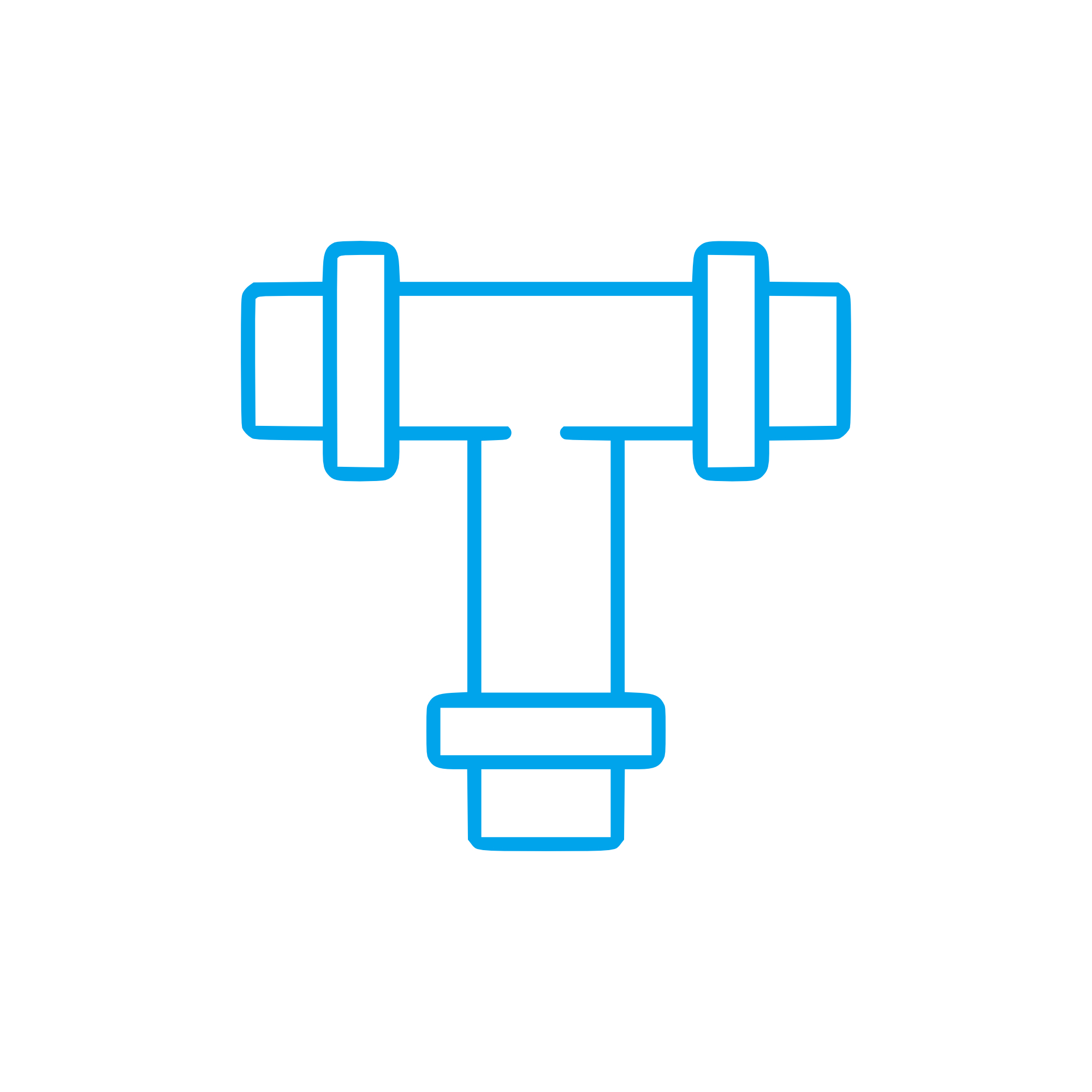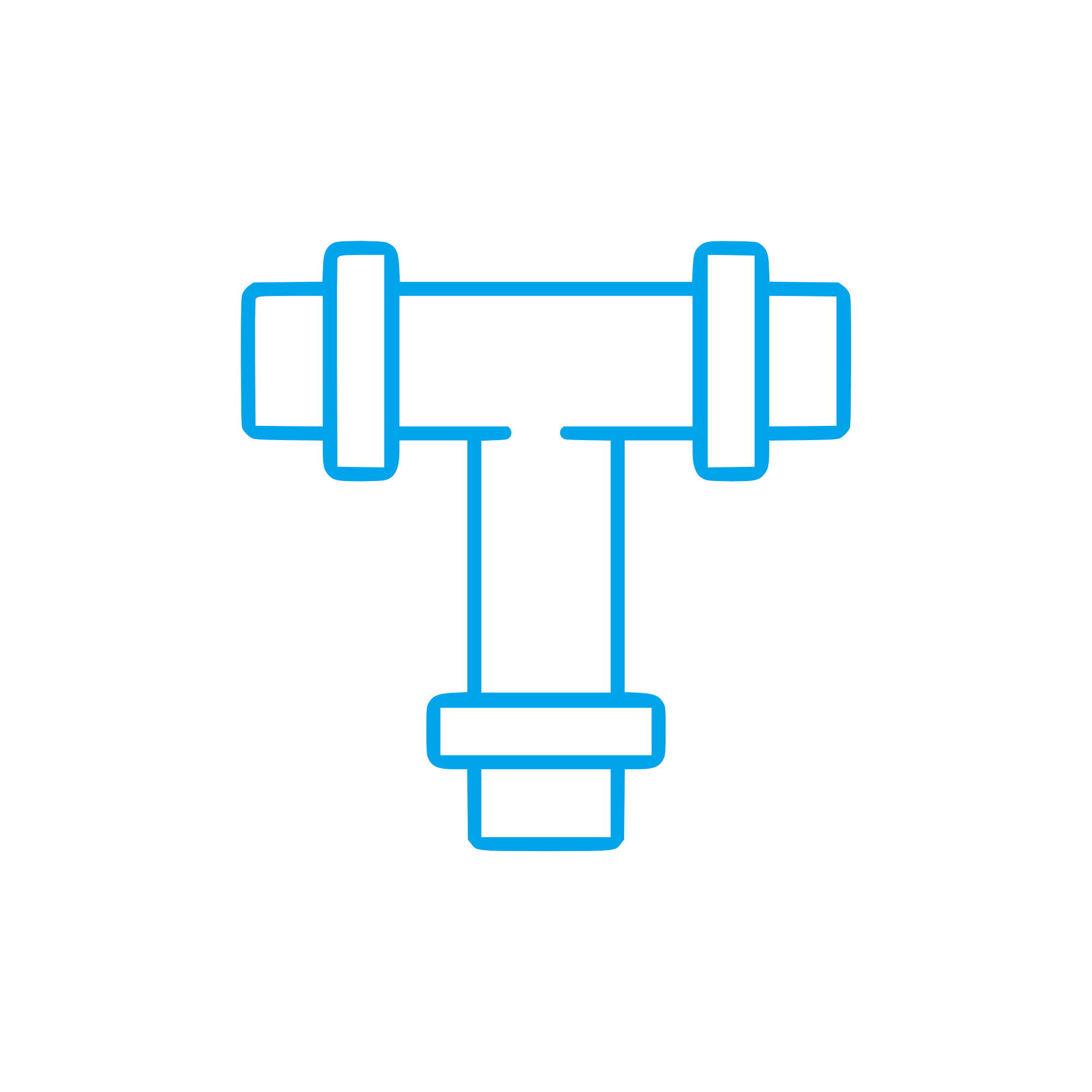INTAKE PIPE and Lines and Pipes for Marine and Diesel Engines
Lines and pipes are the circulatory system of any engine, guiding air, fuel, lubricants, and coolant with precise flow, pressure, and temperature control. As a key subset, the INTAKE PIPE manages clean air delivery to the cylinders and integrates with turbochargers, charge air coolers, and sensors. Across marine engine rooms and land-based diesel installations, well-designed lines and pipes ensure stable operation, efficient combustion, and safe, leak-free performance under harsh thermal and mechanical loads.
In the article category Lines and Pipes, the scope ranges from rigid charge-air pipes and fuel rails to oil galleries, coolant pipes, hydraulic lines, and instrumentation tubes. Each piece must match exact routing, wall thickness, corrosion resistance, and connection standards to withstand vibration, pulsation, and long service intervals. For shipowners and technical buyers, correct selection of materials and geometry directly influences fuel consumption, emissions, uptime, and total lifecycle cost.
Technical function: how Lines and Pipes work, with the INTAKE PIPE in a diesel engine
The technical purpose of lines and pipes is to transport media with minimal loss, zero unintended leakage, and reliable integration with surrounding components. In a diesel engine, the INTAKE PIPE channels measured air from the filter and turbocharger through the charge air cooler to the manifold. Its internal surface finish, diameter, and bend radii limit pressure drop, maintain boost, and stabilize the compressor’s operating range. Smooth transitions and correct sensor port placement keep mass airflow (MAF/MAP) readings accurate and protect against surge or oscillations at changing loads.
On a marine engine, the INTAKE PIPE also absorbs relative movement between engine and hull via bellows or flexible couplings, while resisting salt-laden atmospheres. Correctly engineered supports prevent chafe and fatigue cracks. Thermal expansion is accommodated by expansion joints and strategic routing, avoiding undue stress on turbocharger outlets and cooler connections. When sourced as INTAKE PIPE OEM parts, the geometry is built to the engine maker’s boost targets and test pressures, ensuring predictable performance after maintenance or overhaul.
Beyond air, lines and pipes deliver fuel at high pressures, circulate coolant through jacket water circuits, and feed lubricating oil under controlled pressures. Instrumentation lines transmit stable signals to sensors and governors. Each circuit must meet specified pressure ratings, cleanliness levels, and vibration criteria to avoid cavitation, aeration, or measurement drift.
- · Precise routing for minimal pressure loss.
- · Materials matched to media, temperature, and corrosion risk.
- · Secure connections: flanges, clamps, and certified fittings.
- · Vibration-resistant supports and expansion compensation.
- · Clean internal surfaces to protect injectors and turbochargers.
- · Integrated ports for sensors, drains, and inspection.
INTAKE PIPE for a marine engine: flow control, durability, and safety
Marine duty cycles demand continuous full-load capability and rapid maneuvering power, so the INTAKE PIPE must preserve boost and air density across the entire operating envelope. Corrosion-resistant alloys (such as 316L or CuNi 90/10), quality welds, and correct wall thickness prevent pitting and fatigue. Bead-rolled ends, V-band or T-bolt clamps, and heat-resistant hose sections ensure tight joints under temperature spikes. If charge-air leaks occur, symptoms include black smoke, raised exhaust temperatures, sluggish acceleration, and higher specific fuel oil consumption—issues that multiply with heavy sea states or fouled hulls.
Importance of Lines and Pipes for engine reliability and service life
Reliability hinges on the integrity of every line and pipe. Air leaks in the INTAKE PIPE reduce turbo efficiency and cylinder filling, fuel line microcracks cause misting and fire risk, while coolant line fouling drives overheating and liner distortion. Oil line restrictions starve bearings and turbochargers, leading to expensive overhauls. Over time, vibration and thermal cycling can loosen clamps, erode gasket seats, and create fretting at supports. Proactive inspection and replacement with dimensionally correct components prevent cascading failures, unplanned off-hire, and elevated emissions.
For classification and compliance, consistent build quality, pressure testing, and traceable materials are vital. Poorly matched bend geometry or mispositioned instrument bosses can skew sensor feedback, degrade control strategies, and ultimately lower power while raising consumption.
Advantages of OEM spare parts suitable for Lines and Pipes and the INTAKE PIPE
Choosing OEM spare parts suitable for Lines and Pipes ensures that flow paths, diameters, and connection interfaces match the engine’s design intent. This is essential for maintaining performance targets, protecting reliability, and controlling budget through predictable fit and reduced downtime. Engineered tolerances keep pressure losses within spec, preserve turbocharger maps, and safeguard emissions compliance.
With INTAKE PIPE OEM parts, port locations for MAP/temperature sensors, the exact charge-air cooler interface, and the stiffness of brackets and supports are built-in. Material certificates and pressure tests align with marine standards, helping operators document compliance during surveys and audits. The result is consistent installation time, clean sealing surfaces, and minimal commissioning effort after replacement.
INTAKE PIPE OEM parts: what to look for
Technical buyers should verify diameter and wall thickness, bead profiles, flange patterns, and gasket materials suitable for charge-air temperatures. Hose sections must resist oil mist and heat; clamps should maintain clamping force under vibration. Coatings or corrosion-resistant alloys are recommended for marine atmospheres. Confirm pressure test values, cleanliness levels, and compatibility with existing supports and sensors to avoid rework and delays.
MOPA: fast, secure supply of OEM spare parts Lines and Pipes
MOPA is an experienced and reliable partner for OEM spare parts Lines and Pipes, including the INTAKE PIPE for diesel and gas engines. The focus is on speed, quality, and security throughout the transaction and delivery chain. MOPA supports purchasers with precise cross-references, documentation, and technical clarification, reducing risk during dry-dock or short port calls. Global logistics, careful packing, and clear traceability help keep projects on schedule. Whether it is a complete set of charge-air pipes, fuel rails, or coolant lines, MOPA supplies OEM parts engineered for fit, performance, and long service life.
Conclusion
Lines and pipes—especially the INTAKE PIPE—are decisive for air supply, combustion stability, and overall reliability in marine and diesel engines. Correct design and maintenance safeguard power, efficiency, and safety.
OEM spare parts suitable for Lines and Pipes deliver the right geometry, materials, and testing, protecting budgets and extending service life. With MOPA as partner, operators gain fast, secure access to high-quality OEM parts for dependable engine operation.







